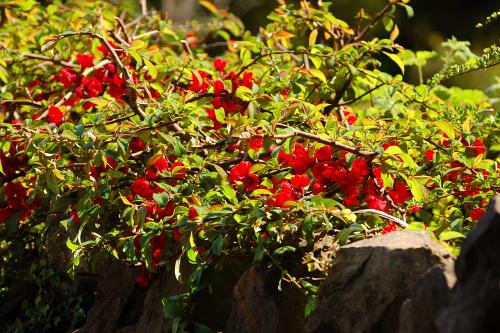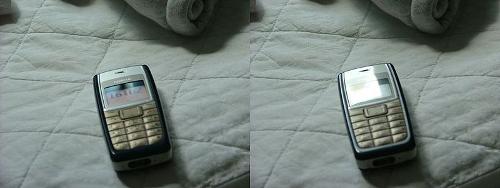I started looking for a (67mm) polarizer and, of course, the lenstip test and its addendum (http://www.lenstip.com/119.1-article-Polarizing_filters_test_-_supplement_Introduction.html) litter the forum suggestions; fairly so, as I've not found anything else that directly and objectively compares a large collection.
I would, however, welcome some advice on interpreting the results and analysis. I think the main questions are:
i) what are the real world effects of difference in the properties tested?
ii) have any important properties been missed?
For instance, the transmission and extinction charts are given the largest weighting. This seems reasonable. However, the analysis based on the averaged numbers is not entirely straightforward.
Let's compare the Marumi DHG and Hoya HD. These both achieve 9+ with the Marumi coming just ahead. Yet, the Hoya has one of the flattest curves in the test. This indicates to me that it should preserve colour well. It is let down at the extremes; at the red end the transmission falls rapidly, whilst at the blue end, the extinction rises within band. The Marumi on the other hand displays significant transmission variation across the spectrum. It also blocks more light.
To my mind, so much is encompassed in the single reported number that it is unhelpful.
Have I misunderstood this test? Are the effects significant?
I also find it interesting that the top ranked B+W, arguably the most respected brand in the test, did worse on the chart test.
Clearly I need some guidance as to what makes a good filter here!
FWIW, my other research indicates that the properties of the Hoya HRT are similar to those of the HD (including percentage transmission) but that the HRT is marketed at a lower point and the HD may be more robust.
Any thoughts?
I would, however, welcome some advice on interpreting the results and analysis. I think the main questions are:
i) what are the real world effects of difference in the properties tested?
ii) have any important properties been missed?
For instance, the transmission and extinction charts are given the largest weighting. This seems reasonable. However, the analysis based on the averaged numbers is not entirely straightforward.
Let's compare the Marumi DHG and Hoya HD. These both achieve 9+ with the Marumi coming just ahead. Yet, the Hoya has one of the flattest curves in the test. This indicates to me that it should preserve colour well. It is let down at the extremes; at the red end the transmission falls rapidly, whilst at the blue end, the extinction rises within band. The Marumi on the other hand displays significant transmission variation across the spectrum. It also blocks more light.
To my mind, so much is encompassed in the single reported number that it is unhelpful.
Have I misunderstood this test? Are the effects significant?
I also find it interesting that the top ranked B+W, arguably the most respected brand in the test, did worse on the chart test.
Clearly I need some guidance as to what makes a good filter here!
FWIW, my other research indicates that the properties of the Hoya HRT are similar to those of the HD (including percentage transmission) but that the HRT is marketed at a lower point and the HD may be more robust.
Any thoughts?











